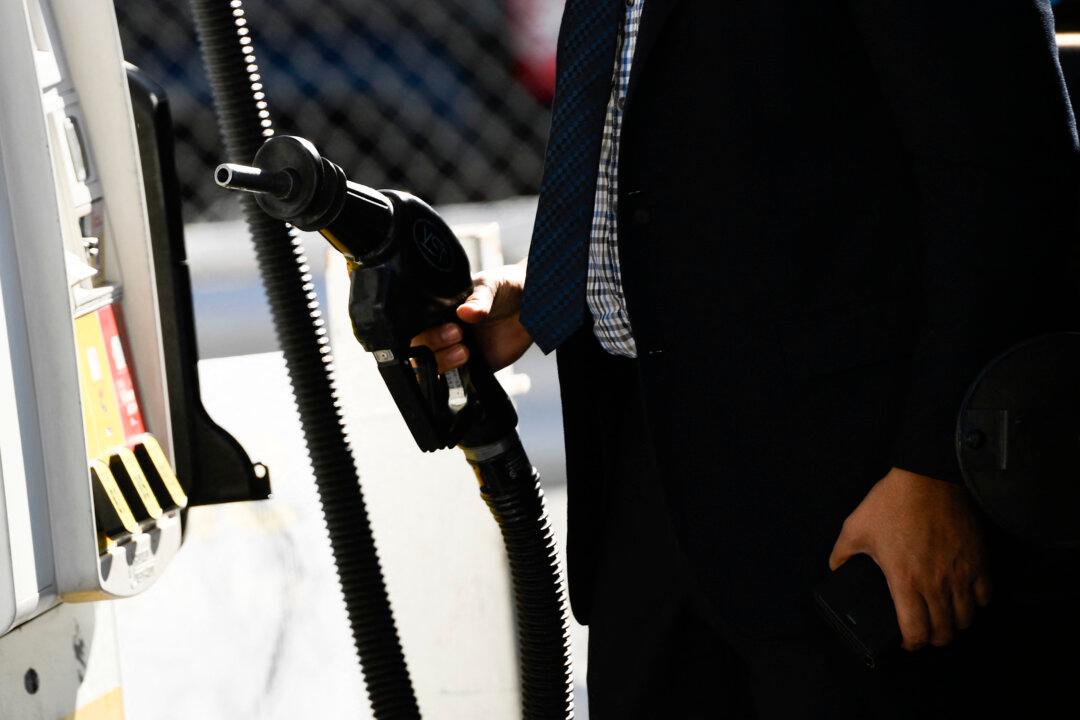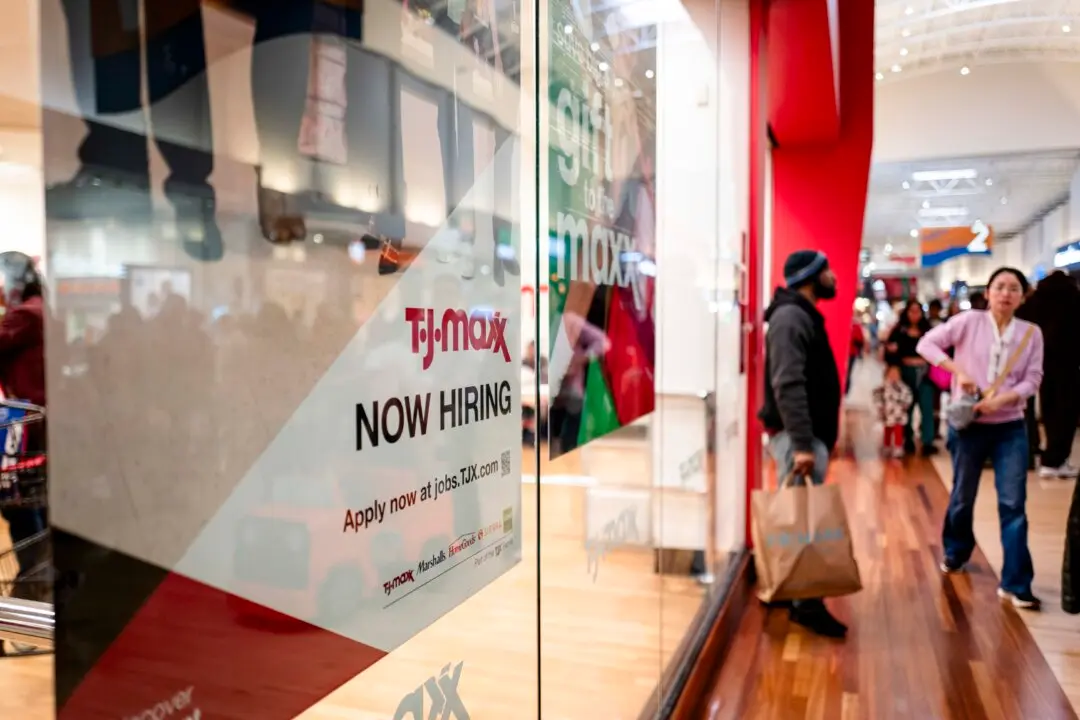The average cost of gasoline could rise to $4 a gallon this summer, reigniting inflationary pressures and weighing on motorists’ wallets.
According to the American Automobile Association (AAA), the national average for a gallon of gasoline has surged by about 15 percent year to date to $3.53.





